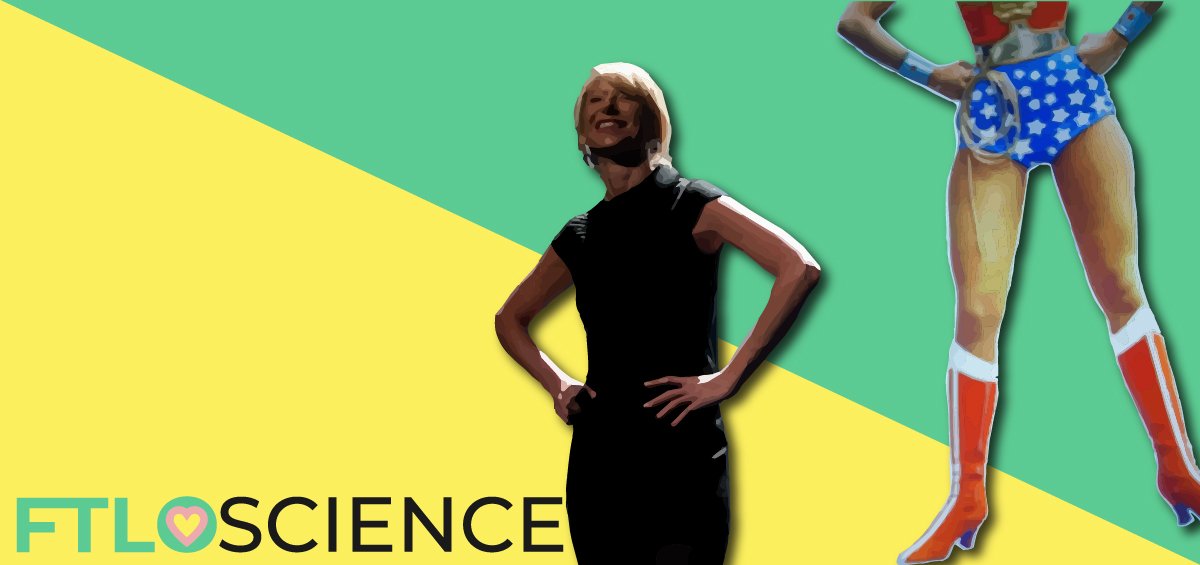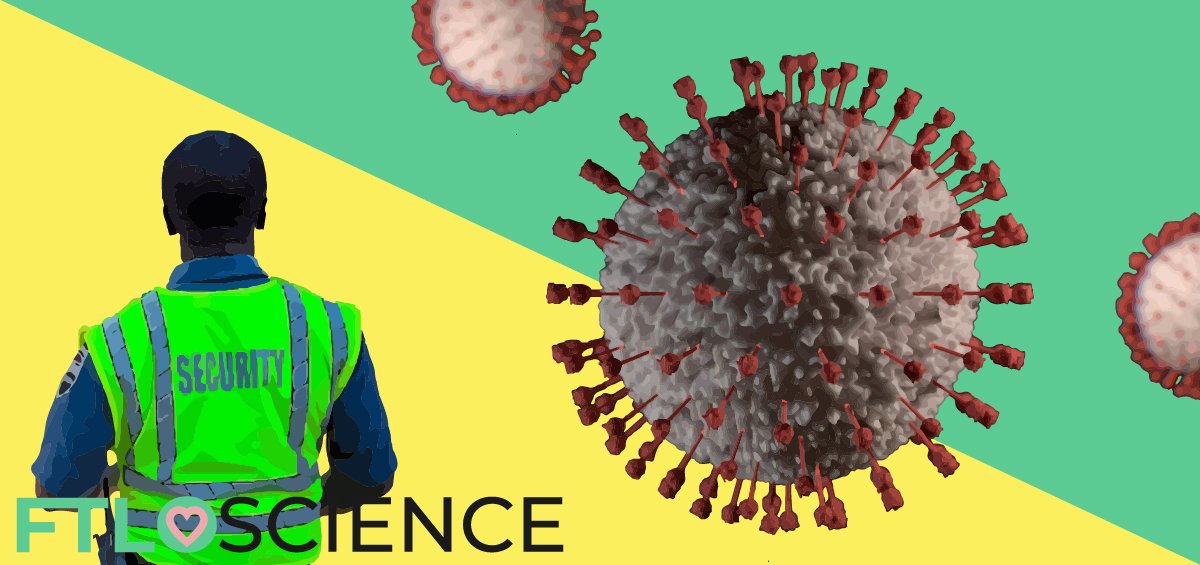Before we debunk power posing, think about the first time you came across Amy Cuddy. You might have stumbled upon her TED talk, the one in which the psychologist speaks passionately about ‘power posing’, or you might have read an article about the benefits of a ‘high power’ pose. Admittedly, the argument that she weaves is somewhat convincing, and her helpful advice for boosting confidence is most compelling. But how much of this claim is evidence-based research, and how much is abusing authority to stretch the scientific truth?
The Rise and Fall of Power Posing
Boosting Confidence with Posture
‘Power posing’ first appeared in a journal paper published in 2010 by Amy Cuddy, then a psychology lecturer at Harvard Business School. Made famous in THAT TED talk two years later, power posing suggests that ‘your body language shapes who you are’. With over 65 million views as of 2022, the notion that a simple pose can boost your confidence continues to rope in new believers.
In a nutshell, Cuddy says that we can become more powerful and confident by adopting a ‘high-power’ pose, regardless of our actual confidence levels. She claims that these poses affect our endocrine system. That is, these power poses are able to effect change the chemical makeup of the hormones in our body. By increasing testosterone and increasing cortisol levels, we feel a sense of dominance and leadership.
It sounds enticing. Even the best of us feel anxiety and self-doubt on certain occasions; it’s only natural to crave that sense of calm before a big presentation or interview. And all we need to do is to pose in front of a mirror for two minutes beforehand? Sign me up!
The amount of positive coverage and reviews she received for the claims and supporting research was immense. Even the New York Times and CNN were keen to feature the benefits of power posing.
Creeping Criticism
The study’s critical experiment revolved around participants adopting either a ‘high power’ or ‘low power’ pose, as shown. Their ‘risk-taking’ inclinations, as well as their testosterone and cortisol levels, were then assessed. According to the results published, those who adopted a high power pose had increased testosterone and cortisol levels along with their appetite for risk.

Not long after these bold claims, however, criticism emerged over the credibility and accuracy of both the results and their interpretation. People who used statistics regularly quickly noted significant flaws within the study. The tiny sample size, insignificant outcomes magnified, possible p-hacking and biases all pointed to poor study design or even intentional manipulation of the results.
A critical study that deserves to be highlighted aimed to replicate Cuddy’s analysis using a sample population five times larger than the original group. Led by behavioral economist Eva Ranehill at the University of Gothenburg, the researchers found no scientific evidence to support ‘power posing’, saying it did not affect hormones and risk tolerance whatsoever. Their paper was published in 2015 by the very same journal that first published Cuddy’s original article.
After these findings were released, Dana Carney—a co-author of power posing—released a damning statement highlighting the severe deficiencies in the paper. Most notably, Carney ‘did not believe that ‘power pose’ effects were real’, while ‘the evidence against the existence of power poses is undeniable’, citing further negative studies. Together, these studies effectively debunked power posing.
Amy Cuddy’s Admission of Guilt
Cornered by the overwhelming criticism against her, Amy Cuddy finally issued a written response. She begins by defending her position that expansive postures cause people to ‘feel’ more powerful despite the lack of scientific evidence. She goes on to further state that this feeling is what should validate the power posing effect, while other outcomes such as actual body chemistry and physiology—the measurable data—hold lesser importance.
Despite this statement highlighting her scientific illiteracy, she wasn’t entirely done yet. When faced with the prospect of defending the lack of statistical evidence in support of the ‘power posing effect’, Cuddy comes up with this:
“While I am confident about the key power posing effect on feelings of power and the overall evidential value of the literature, I am agnostic about the effects of expansive posture on hormones. The jury is still out.”
That is to say, the effect of power posing can only be quantified by science based on ‘feelings of power’ and not its ability to affect chemicals linked to confidence. In her desperation for wanting to publish a groundbreaking piece of research, Amy Cuddy has strayed into the land of pseudoscience, where blind faith held sway over her years of scientific training.
Her choice of words in the statement is curious too, using ‘agnostic’ instead of ‘skeptical’ and ‘expansive posture’ instead of ‘power posing’ to draw negative connotations away from her beloved phrase.
Power Posing and Pseudoscience
Has the Damage Been Done?
Though the unsuccessful replication studies received some media attention, the coverage this time was just a fraction garnered by Amy Cuddy’s initial claims. The damage had seemingly been done, with millions already taking her advice to heart. This is evident now, as power posing is still the subject of many discussions and advice channels.
Although the public knows about Amy Cuddy’s admission, power posing still has its fair share of supporters. Medical students even give advice encouraging power posing, showing that even highly educated individuals can be blinded by authoritative figures. Here was a soon-to-be doctor, using a position of relative authority (albeit naively, with good intentions) to spread non-scientific claims that had already been overturned.
The Importance of Scientific Skepticism
That someone with years of formal education cannot distinguish science from pseudoscience is an educational disaster. Our education systems are flawed; they do little to encourage rational thinking. The thing is—armed with some skepticism and reason—we can prevent claims of this sort from taking root. If power posing were widely debunked when the science-based criticisms highlighted its flaws, we wouldn’t still be talking about it over ten years later.
The big takeaway is that extraordinary claims require extraordinary evidence; if something sounds too good to be true, it probably is. And when someone in authority says something is true, we shouldn’t have to take their word for it. Challenging claims and demanding evidence will help to prevent future waves of pseudoscience madness. From the non-GMO project to alkaline water, organizations are only too eager to exploit those who don’t question. Pseudoscience will always be out there; it is up to us to ask the right questions, to separate the facts from the lies.
Scientific skepticism doesn’t just apply to scientists; we all need a healthy dose of it in our lives. And for those who think the pseudoscience label to be a little harsh, here is a definition:
Pseudoscience includes beliefs, theories, or practices that have been or are considered scientific but have no basis in scientific fact. This could mean they were disproved scientifically, can’t be tested or lack evidence to support them.
Power posing is exactly that.

About the Author

Sean is a consultant for clients in the pharmaceutical industry and is an associate lecturer at La Trobe University, where unfortunate undergrads are subject to his ramblings on chemistry and pharmacology.




